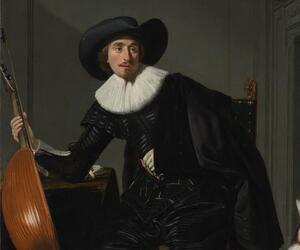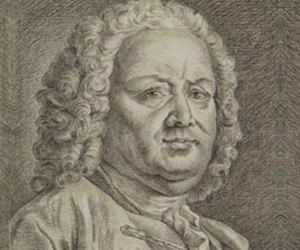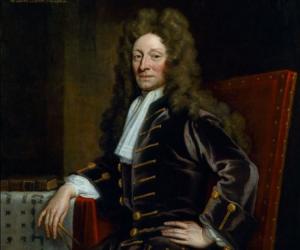Architect Sir Christopher Wren had built over 50 churches in London, the most popular of them being the St. Paul’s Cathedral. He was a major force behind the formation of the Royal Society and was also knighted for his achievements. He was also a member of the English Parliament.
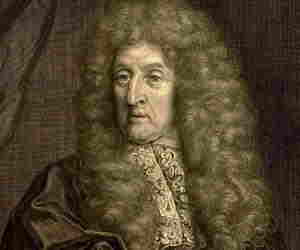
André Le Nôtre was a 17th-century French landscape architect. Born into a family of gardeners, he later became the principal gardener of King Louis XIV of France. He is credited with designing the gardens of the Palace of Versailles. His other works include the design of gardens and parks at Saint-Cloud, Chantilly, Fontainebleau, and Saint-Germain.
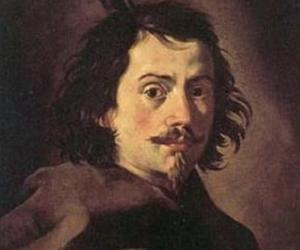
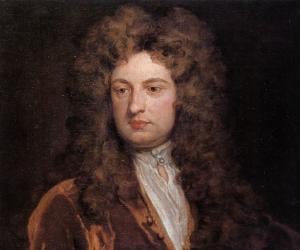
Apart from being a Baroque-style architect, John Vanbrugh was also a well-known dramatist of the Restoration era. His works include the iconic The Provoked Wife and The Relapse, or, Virtue in Danger. His most-loved designs include Lord Carlisle’s Castle Howard in Yorkshire. A staunch Whig, he was also part of the Kit-Cat Club.
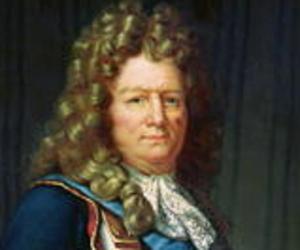
Sébastien Le Prestre de Vauban was a French military engineer. Widely regarded as the greatest engineer of his generation, Vauban played a prominent role in Western military history. He worked under Louis XIV and his principles for fortifications were used for almost a century. He is credited with building major ports and projects including the Canal de la Bruche.
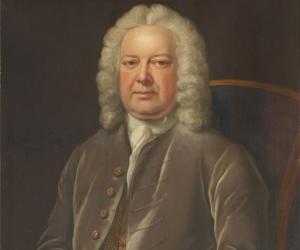
Nicholas Hawksmoor was a major figure of the Baroque style of architecture in England. He collaborated with prominent architects of the time, such as Sir John Vanbrugh and Sir Christopher Wren, and also served as one of the chief architects of Westminster Abbey. His independent projects include six churches in London.
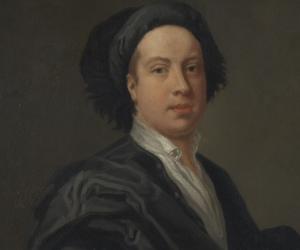
William Kent was a British architect, painter, landscape architect, and furniture designer. After beginning his career as a court painter, Kent went on to establish himself as a prominent architect and introduced Palladian architecture to England. The gardens created by Kent at Chiswick House are one of the earliest models of the English garden.
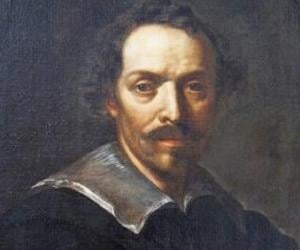
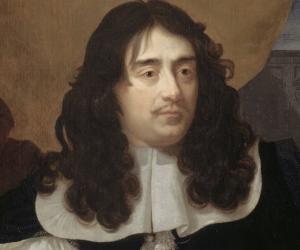
French Baroque architect Louis Le Vau began his career designing hotels and homes for the rich; Château du Raincy being one of his early notable works. Appointed the first architect to the king, he later undertook his most memorable work, adding service wings to the Palace of Versailles and rebuilding its garden façade, helping to develop the French Classical style.
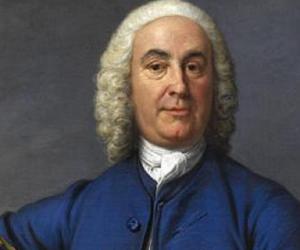
James Gibbs, one of the most significant architects of his time, was trained in Rome and later merged the Italian and English styles of architecture. His best-known work includes the East Anglican St. Martin-in-the-Fields Church in London. While his works had elements of Baroque architecture, he was also influenced by Palladianism.
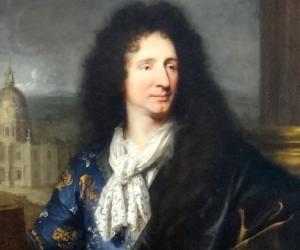
Seventeenth-century French Baroque architect Jules Hardouin-Mansart is best remembered for designing Versailles as the city planner of King Louis XIV. His great-uncle, François Mansart, who was one of the pioneers of classical French architecture. His other works include Place Vendôme and the Château de la Chaize in Odenas.
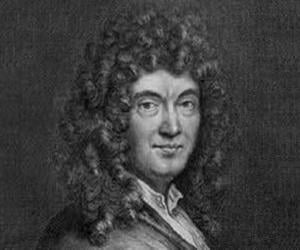
French architect Claude Perrault is best known for his design of the Louvre’s eastern façade. Trained in math and medicine, he began his career as a physician. He was also part of the Academy of Sciences. Apart from designing the Colonnade, he had also designed the Paris Observatory.
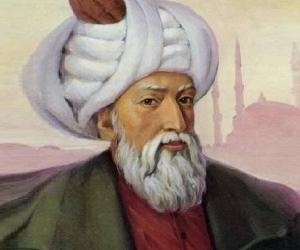
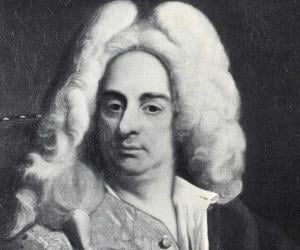
The Baroque architecture of Austrian architect, sculptor, and architectural-historian Johann Bernhard Fischer von Erlach, who penned the influential book titled A Plan of Civil and Historical Architecture, greatly influenced the Habsburg Empire and shaped the architectural tastes of Austrian aristocracy for decades. Two of his major works include the Austrian National Library in Vienna, and the Holy Trinity Church in Salzburg.
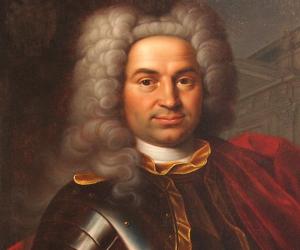
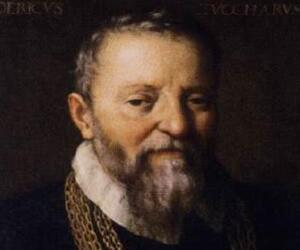
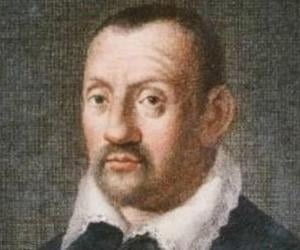
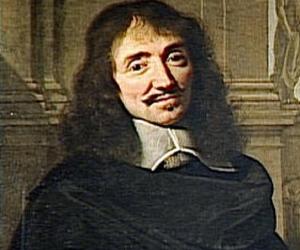
François Mansart was a French architect who introduced classicism into French Baroque architecture. Widely regarded as the most accomplished French architect of the 17th century, Mansart's works are celebrated for their high degree of elegance, subtlety, and refinement. François Mansart is also credited with popularizing the mansard roof, which creates an extra floor of habitable space in a building.
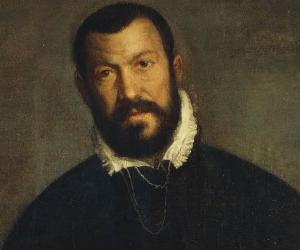
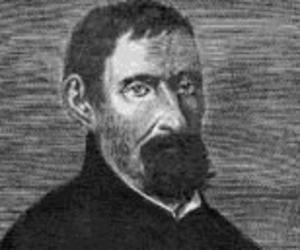
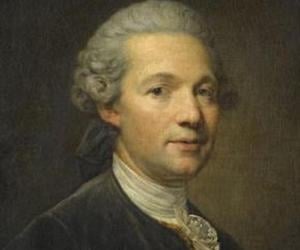
One of the most significant architects of the 18th century, Ange-Jacques Gabriel built many major structures during the reign of Louis XV. Born to premier architect Jacques V, he later succeeded his father. His most notable works include the Place de la Concorde and the Petit Trianon at Versailles.

Baha' al-din al-'Amili was an Arab Iranian Shia philosopher, Islamic scholar, architect, astronomer, mathematician, and poet who flourished in Safavid Iran during the late 16th and early 17th century. Baha' al-din al-'Amili was one of the first astronomers in the Islamic world to advocate the possibility of the Earth's movement before the outspread of the Copernican theory.
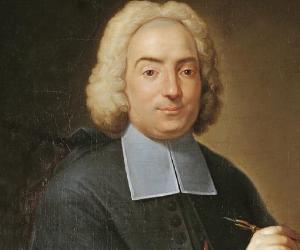
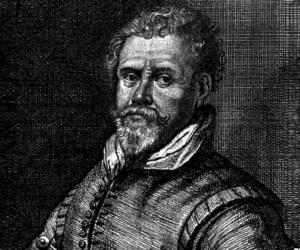
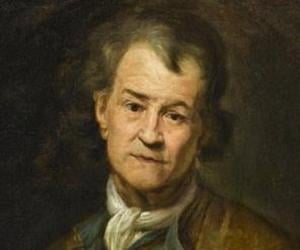
Pierre Puget was a French Baroque architect, painter, sculptor, and engineer. His sculptures expressed drama, pathos, and emotion, making them unique and setting them apart from the academic and classical sculptures of French classicism. Pierre Puget is credited with helping Pietro da Cortona paint the ceilings of the Palazzo Pitti at Florence and the Palazzo Barberini in Rome.
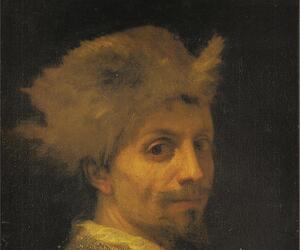
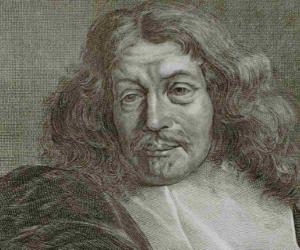
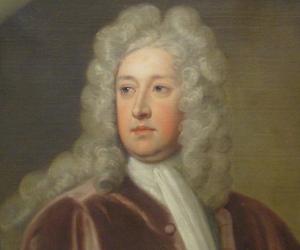
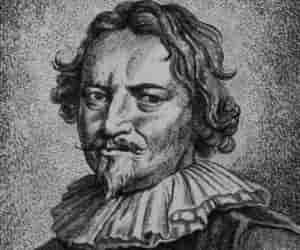
Carlo Fontana was an Italian architect who worked closely with popular architects like Gian Lorenzo Bernini and Pietro da Cortona, working as a draughtsman for their architectural plans. He then started working independently and went on to design the Santa Maria sopra Minerva's Casanate library, the ribbed hemispherical dome for Montefiascone's duomo, and the casino in the Vatican.
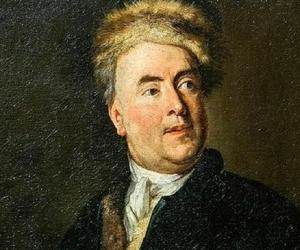
Baroque architect Johann Lukas von Hildebrandt was also a military engineer and influenced 18th-century European architecture to a great extent. Known for his unique architectural decoration, he designed some of the most impactful buildings of his era, such as the Belvedere in Vienna, the Schönborn Castle, and the Mirabell Palace.

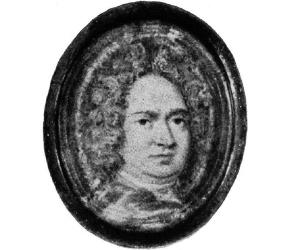
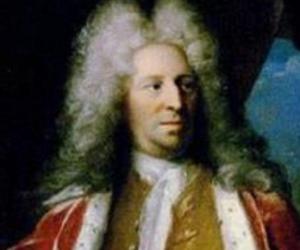
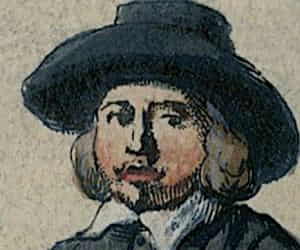

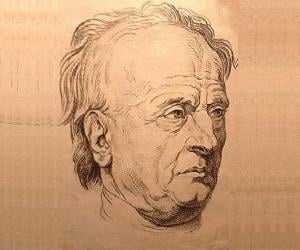
Germain Boffrand is remembered as one of the pioneers of the Régence style, also known as a precursor to the Rococo style. He initially studied sculpture but later joined the workshop of architect Jules Hardouin Mansart. His major creations were for Nantes and Paris. He also penned Livre d’architecture.
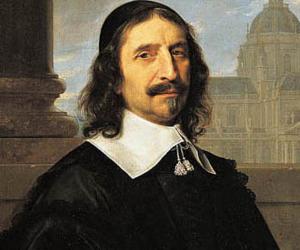
Jacques Lemercier was a French engineer and architect. Along with François Mansart and Louis Le Vau, Jacques Lemercier helped develop the French Classical style and introduced classicism to French Baroque architecture. During the late-1630s, he was made the chief architect, a position that came with the responsibility of overseeing all the royal building enterprises.
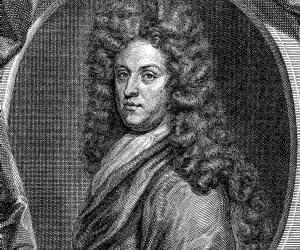
Daniel Marot was a Dutch furniture designer, architect, and engraver. He is credited with designing the interiors of Het Loo Palace which was built by the House of Orange-Nassau. Daniel Marot is also credited with popularizing ornamented ceilings in the Netherlands.
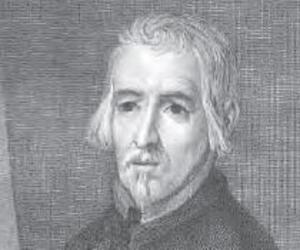
Remembered as the Spanish Michelangelo for his artistic diversity, Alonso Cano excelled as a painter, sculptor, and architect. Apart from being the court painter of Philip IV, he had also been the first royal architect. His paintings have strong streaks of tenebrism, or a focus on darkness.

French architect Jean-Baptiste Alexandre Le Blond is best known for designing the Russian city of St. Petersburg. Born to a painter father, he later studied gardening techniques from André Le Nôtre. He is also remembered as a talented landscape designer who designed the gardens for Peter I (the Great)’s palace.

Salomon de Brosse was a French architect who worked during the early 17th-century. An influential personality, De Brosse's works had a major influence on the works of another important architect, François Mansart. Counted among the most important architects of his generation, Salomon De Brosse was commissioned to design ambitious projects, such as the Luxembourg Palace in Paris.

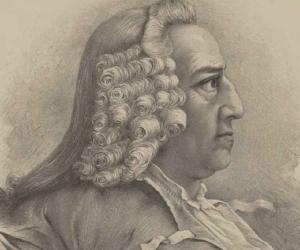
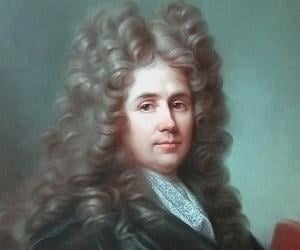
Robert de Cotte was a French architect-administrator who helped introduce the Rococo style to France. A student of Jules Hardouin-Mansart, Robert de Cotte is credited with completing the former's unfinished projects, such as the Grand Trianon and the royal chapel at the Palace of Versailles. He also collaborated with Hardouin-Mansart in many of his projects during his lifetime.
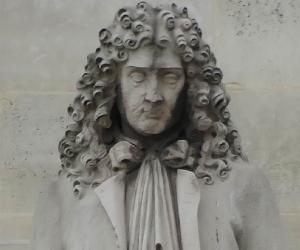
Libéral Bruant was a French architect best remembered for designing the Hôtel des Invalides in Paris. During his lifetime, Bruant collaborated with other important architects like Jules Hardouin Mansart. In 1671, Libéral Bruant was among the eight architects inducted into the Académie royale d'architecture, which was created by Louis XIV.

